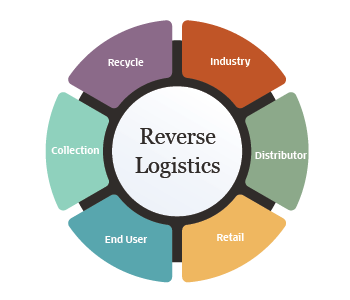Reverse logistics is a value-added process that addresses how a company receives items back from customers. The most common scenario in which reverse logistics come into play is when a customer wants to return an item.
The process of how a company handles that product is an example of reverse logistics. Reverse logistics can play out in a lot of different ways depending on the specifics of the business. As a business owner, you can refer to eliteops.com/atlanta-service-area/ to avail of the reverse logistics services.

However, in almost all cases, the process can largely be broken down into two parts: returns management and either remanufacturing or refurbishing.
Returns Management
Returns management deals with the process of physically managing the products that are returned to the company. This includes an element of gatekeeping—determining which returns a company will accept. Once a return is accepted, returns management ensures that it ends up in the correct hands, like a warehouse manager who knows the best way to store it.
Remanufacturing or Refurbishing
Remanufacturing or refurbishing is the aspect of reverse logistics that gets the returned or recycled product ready to hit the shelves again. This aspect of reverse logistics can be simple. When a customer returns a t-shirt before they wear it, it could be as easy as adding a new price tag to the shirt and putting it back out on the floor.